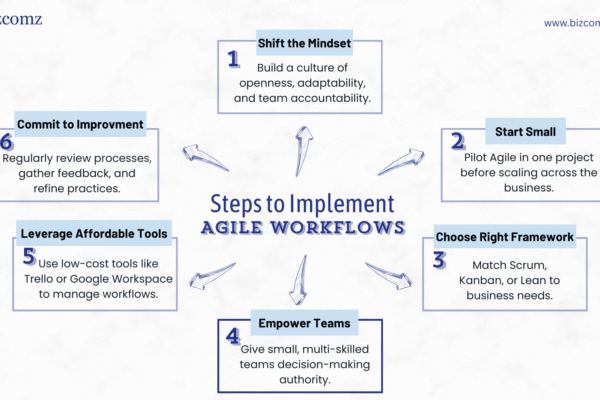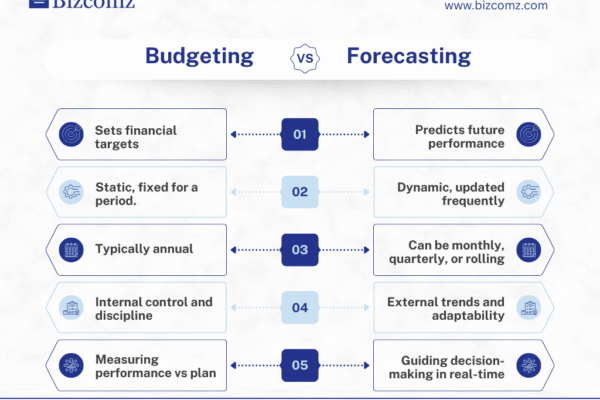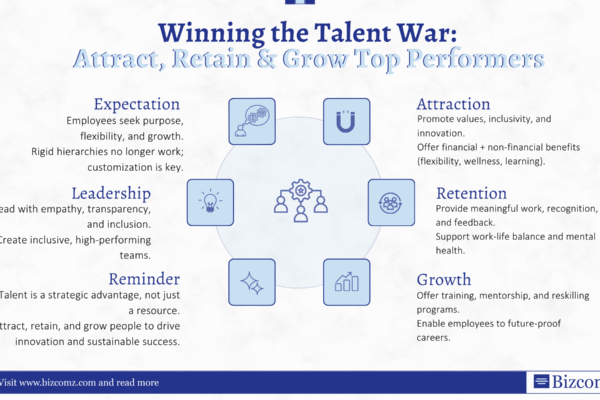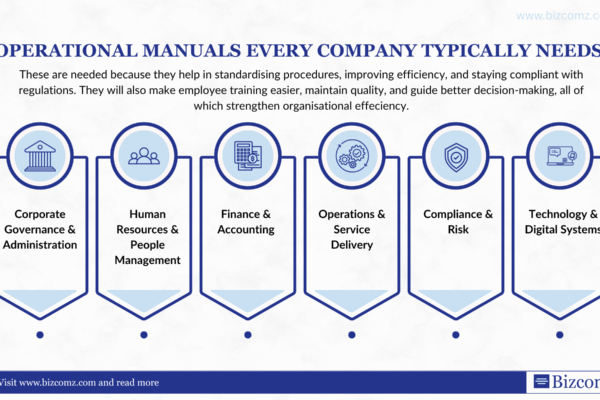A comprehensive business plan is more than just a document; it is a strategic tool that outlines your business’s vision, goals, and the roadmap to achieve them. Whether you are launching a startup, seeking investment, or scaling an existing business, a well-structured business plan is essential. It not only helps you clarify your ideas but also communicates your vision to stakeholders, investors, and team members. In this article, we will explore the key elements of a business plan and provide actionable tips to help you create one that is thorough, compelling, and effective.
Understanding the Importance of a Business Plan
Before diving into the creation process, it is crucial to understand why a business plan matters. A business plan serves multiple purposes. For entrepreneurs, it acts as a roadmap, guiding decision-making and ensuring that all efforts align with the business’s goals. For investors and lenders, it demonstrates the viability of your business and your ability to execute your vision. Additionally, a business plan can help you identify potential challenges, assess market opportunities, and allocate resources effectively.
A well-crafted business plan is not a one-time exercise but a living document that evolves as your business grows. It should reflect your current reality while also providing a clear path forward. With this in mind, let’s explore the essential components of a comprehensive business plan and how to approach each one.
Crafting a Compelling Executive Summary
The executive summary is the first section of your business plan and often the most critical. It provides a high-level overview of your business and sets the tone for the rest of the document. While it appears at the beginning, it is often best written last, as it summarizes the key points from each section.
A strong executive summary should include a brief description of your business, its mission, and its vision. Highlight your unique value proposition—what sets your business apart from competitors. Summarize your target market, the problem you are solving, and how your product or service addresses that problem. If you are seeking funding, include a brief overview of your financial projections and funding requirements.
The executive summary should be concise yet compelling, capturing the reader’s attention and encouraging them to delve deeper into the plan. Avoid jargon and focus on clarity and impact.
Defining Your Business Concept and Objectives
The next step is to clearly define your business concept. This section should provide a detailed description of your business, including its structure, industry, and goals. Start by explaining what your business does and the products or services it offers. Describe your business model—how you plan to generate revenue and sustain profitability.
Your business concept should also include your mission and vision statements. The mission statement outlines your business’s purpose and core values, while the vision statement describes your long-term aspirations. These statements provide a sense of direction and help align your team and stakeholders around a common goal.
Additionally, outline your short-term and long-term objectives. These should be specific, measurable, achievable, relevant, and time-bound (SMART). For example, instead of saying, “We want to grow our customer base,” specify, “We aim to acquire 1,000 new customers within the first year.”
Conducting a Thorough Market Analysis
A comprehensive market analysis is essential to demonstrate that you understand your industry, target audience, and competitive landscape. This section should provide an overview of the market size, trends, and growth potential. Use data and research to support your claims, citing credible sources such as industry reports, surveys, and market studies.
Define your target market in detail, including demographics, behaviors, and pain points. Explain how your product or service meets their needs and why they would choose you over competitors. Conduct a competitive analysis to identify your direct and indirect competitors, their strengths and weaknesses, and your competitive advantage. Highlight any gaps in the market that your business will address.
A thorough market analysis not only validates your business idea but also helps you identify opportunities and challenges. It provides the foundation for your marketing and sales strategies, ensuring that your efforts are targeted and effective.
Developing a Robust Marketing and Sales Strategy
Your marketing and sales strategy outlines how you will attract and retain customers. Start by defining your brand identity, including your brand’s mission, values, and messaging. Explain how you will position your business in the market and differentiate yourself from competitors.
Identify the marketing channels you will use to reach your target audience, such as social media, email marketing, search engine optimization (SEO), or paid advertising. Outline your sales process, including lead generation, conversion tactics, and customer retention strategies. Include measurable goals, such as target conversion rates or customer acquisition numbers, to track your progress.
A strong marketing and sales strategy also considers your budget and resources. Estimate your customer acquisition cost (CAC) and lifetime value (LTV) to ensure that your efforts are cost-effective and sustainable.
Creating a Detailed Operational Plan
The operational plan explains how your business will function on a day-to-day basis. It covers the logistics of running your business, including your location, facilities, technology, and equipment. If your business involves manufacturing or production, describe the production process and how you will ensure quality and efficiency.
Identify your key suppliers and vendors, as well as any partnerships or collaborations that are critical to your operations. Outline your organizational structure, including key roles and responsibilities. If you have a team, provide an overview of their qualifications and experience.
Your operational plan should also include a timeline for key milestones, such as product launches, market entry, or expansion plans. Be realistic about your capacity and resources, and ensure that your operational goals align with your overall business objectives.
Building a Realistic Financial Plan
The financial plan is one of the most critical sections of your business plan, especially if you are seeking funding. It provides a detailed overview of your business’s financial health and projections. Start by outlining your revenue model—how you will generate income and sustain profitability.
Include a sales forecast that estimates your revenue over the next 3-5 years. Detail your expenses, including fixed costs (e.g., rent, salaries) and variable costs (e.g., marketing, materials). Provide a cash flow statement that shows how money will move in and out of your business, as well as a profit and loss statement that projects your profitability over time.
Conduct a break-even analysis to determine when your business will become profitable. If you are seeking funding, specify how much you need and how it will be used. Be prepared to justify your assumptions and provide supporting data.
Including an Appendix for Supporting Documents
The appendix is where you can include additional information that supports your business plan. This might include resumes of key team members, market research data, legal documents (e.g., patents, contracts), product images, or letters of intent from potential customers or partners. The appendix should be organized and easy to navigate, with clear references to the relevant sections of the plan.
Finalizing and Refining Your Business Plan
Once your business plan is complete, take the time to review and refine it. Ensure that the content is clear, concise, and free of errors. The plan should be visually appealing, with a professional layout and design. Use headings, subheadings, and bullet points to make it easy to read and navigate.
Consider having someone else review your plan, such as a mentor, advisor, or industry expert. They can provide valuable feedback and help you identify areas for improvement. Remember, your business plan is a living document that should evolve as your business grows. Regularly revisit and update it to reflect new goals, challenges, and opportunities.
Conclusion
Creating a comprehensive business plan is a critical step in building a successful business. It requires careful thought, research, and planning, but the effort is well worth it. A well-crafted business plan not only helps you secure funding and attract partners but also serves as a roadmap to guide your business toward success.
By focusing on the key components outlined above—executive summary, business concept, market analysis, marketing and sales strategy, operational plan, financial plan, and appendix—you can create a business plan that is thorough, compelling, and effective. Remember, your business plan is a reflection of your vision and ambition. Take the time to make it the best it can be, and it will serve as a valuable tool for years to come.







